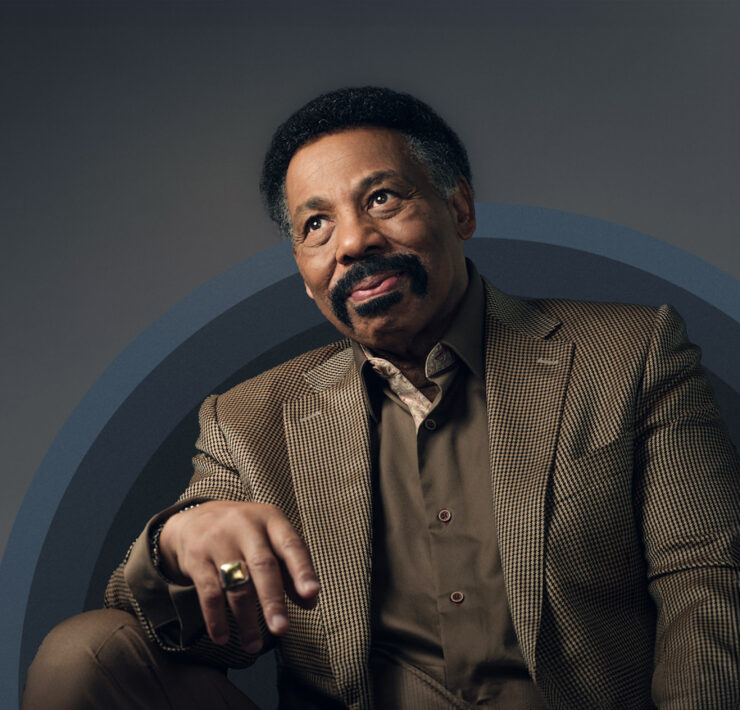
A new investigation into the mass shooting at Robb Elementary that left 19 students and two teachers dead found that law enforcement and school officials’ “systemic failures and egregiously poor decision making” were behind the failure to stop the gunman. The Texas House of Representatives committee’s 77-page report found that the nearly 400 police officers on the scene put their own safety ahead of their duty to protect school students and staff, waiting over an hour before engaging the shooter.
It’s the clearest picture we have of the catastrophic failures at Robb Elementary that left an 18-year-old gunman to carry out his horrific shooting while police outside failed to establish leadership and organize a confrontation. Rep. Dustin Burrows, a Republican member of the investigative committee, summarized the findings as uncovering “multiple systemic failures.”
You can read the full report here. Here are some of the biggest takeaways.
1. The police flailed without leadership
Remarkably, 376 members of local, state and federal law enforcement officials were all on the scene at Robb Elementary, but a complete lack of coordination and leadership combined with what the report described as a “lackadaisical” absence of urgency meant there might as well have been zero.
According to protocol, Police Chief Pete Arredondo — who is currently on administrative leave — should have taken the initiative in organizing a coordinated response. Instead, Arredondo left his radio behind and stayed inside the building, leaving other officers outside no clear directive or idea of what to do. The report found that Arredondo chose to treat the situation as a “barricaded subject” instead of an “active shooter,” despite hearing gunshots. The committee called his assessment a “terrible, tragic mistake.”
The committee also found that other officers on the scene had enough training and equipment to recognize a lack of organization, and should have taken charge to mobilize a response. “They should’ve begun asking questions and offered their support and guidance, and maybe eventually they would’ve gotten command to have a better response from that,” said Burrows.
2. The gunman took advantage of relaxed school security
While Robb Elementary’s classroom doors automatically lock, a shortage of keys meant that many teachers had resorted to propping doors open — something the gunman took advantage of to gain entrance to the building. An intruder alert meant to warn teachers of an active threat had been used so frequently for presumably undocumented immigrants crossing school grounds from the nearby border that few school officials paid attention to it.
“Had school personnel locked the doors as the school’s policy required, that could have slowed his progress for a few precious minutes—long enough to receive alerts, hide children, and lock doors; and long enough to give police more opportunity to engage and stop the attacker,” said the report.
3. There were signs that the gunman was becoming violent
From cryptic messages on social media to violent threats on video games, the gunman had grown more violent leading up to the attack. He shared videos of suicides and beheadings, and developed an interest in gore and violent online pornography. When he lost video games, he would grow enraged and threaten whoever beat him — especially if it was a woman. He’d been fired from a job at Whataburger for threatening a female coworker.
It’s not clear that any of this was ever reported to law enforcement officials or social media platforms.
4. Confusing police statements in the shooting’s aftermath undermined public confidence
Police made false statements about what happened at Robb Elementary that undermined the public trust in law enforcement and outraged grieving Uvalde residents. Public officials, including Texas Governor Greg Abbott, either knowingly or unknowingly relayed conflicting and inaccurate accounts of what happened, compounding the fury and sorrow of tragedy. “A complete and thorough investigation can take months or even years to confirm every detail, especially when this many law enforcement officers are involved,” said the report. “However, one would expect law enforcement during a briefing would be very careful to state what facts are verifiable, and which ones are not.”























